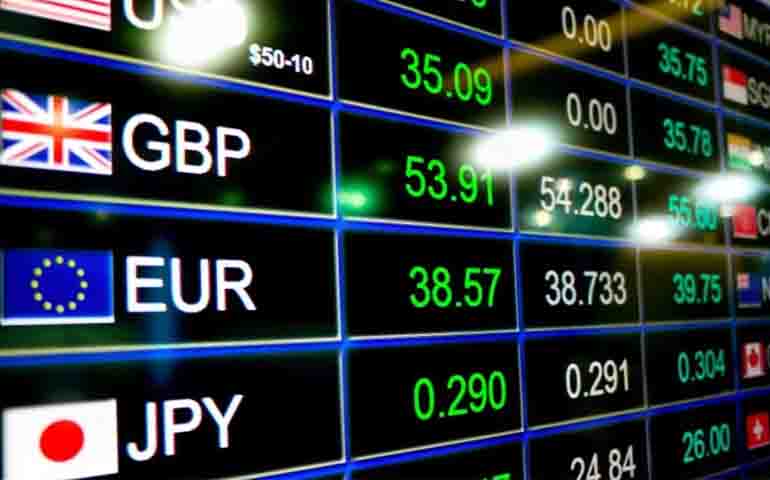Spot exchange rate is meant for instant deliveries
 Barry Copeland
27 / April / 21
Visitors: 518
Barry Copeland
27 / April / 21
Visitors: 518
Trade between countries depends on the demand for the country's goods, political stability and interest rates but one of the most important factors is exchange rate. Basically, market exchange rate is how much your currency is worth when you trade it for another country's currency. Currencies are always traded in pairs and the exchange rate demonstrates the relation between them.
Suppose the US-Mexico exchange rate is 15 pesos to 1 dollar. If an American buyer wants to purchase something for 6,000 pesos, they will have to trade 400 dollars for that amount. If the exchange rate went up to 20 pesos per dollar, it would cost them $300. Thus, we can say that the dollar has appreciated. If the dollar became less powerful, it would have depreciated. Most currencies like peso or dollar have floating exchange rates that change depending on the supply and demand. However, some countries decided to peg their currency to another currency; this is when a country's central bank wants to keep it in a certain range and they buy and sell currencies to keep it that range. The Chinese government was well-known for buying US dollars to keep its currency artificially depreciated.
Spot exchange rate is meant for instant deliveries. The spot rates depict the prices buyers pay in one currency to acquire another currency. Typically, spot transactions in the market deal with bigger transactions and bank settlement takes place on the 2nd following business day. Moreover, spot transactions account for 43% of the total international exchange transactions.
Forward rate is calculated according to the spot rate but used for a financial transaction that is going to take place later. In Forex, the forward rate stated in a contract is a lawful responsibility that must be honored by the parties affected. For example, supposing a European exporter with a big export order for the USA offers to sell 1 million euros in exchange for dollars at a forward rate of 1.20 euros per US dollar in a year's time. The exporter is obliged to transfer 1 million euros at the stated forward rate on the stated date regardless of the export order or the spot exchange rate in the market at that time.
There are several factors affecting the currency exchange rate:
- Country's trading balance is otherwise stated as the import/export ratio operations. If the balance is negative, then a country gravitates towards import which puts pressure on the national currency.
- Macroeconomic indicators such as inflation and unemployment levels, gross domestic product, etc. - they indicate in which direction the economy is moving. Both factual and predicted data affects the rate and if they do not match, the market experiences sharp changes.
- Policy of the Central bank is one the main factors in this case. It can reform such courses of action as currency issuance, interventions, discount rate and operations with debt obligations. The Central bank is responsible for maintaining the stability of the national currency.
- Large investment projects and foreign trade contracts can cause either currency inflows or outflows. They are tightly connected to trading balance so their implementation indirectly affects the rate.
- · Public trust in the national currency positively affects the situation and if the trust is weak, people start putting their money into foreign currencies. This leads to an increased demand which is hard to stop and harms the national currency.
- Currency speculation with the intention to gain profits can have a real impact, although it is usually short-term. If the fluctuations are manipulative, the Central bank has to step in.
- Unexpected circumstances such as military operations, major protests, terrorism also make a short-term input. However, sometimes these events have irreversible consequences and the economy takes a long time to recover.

